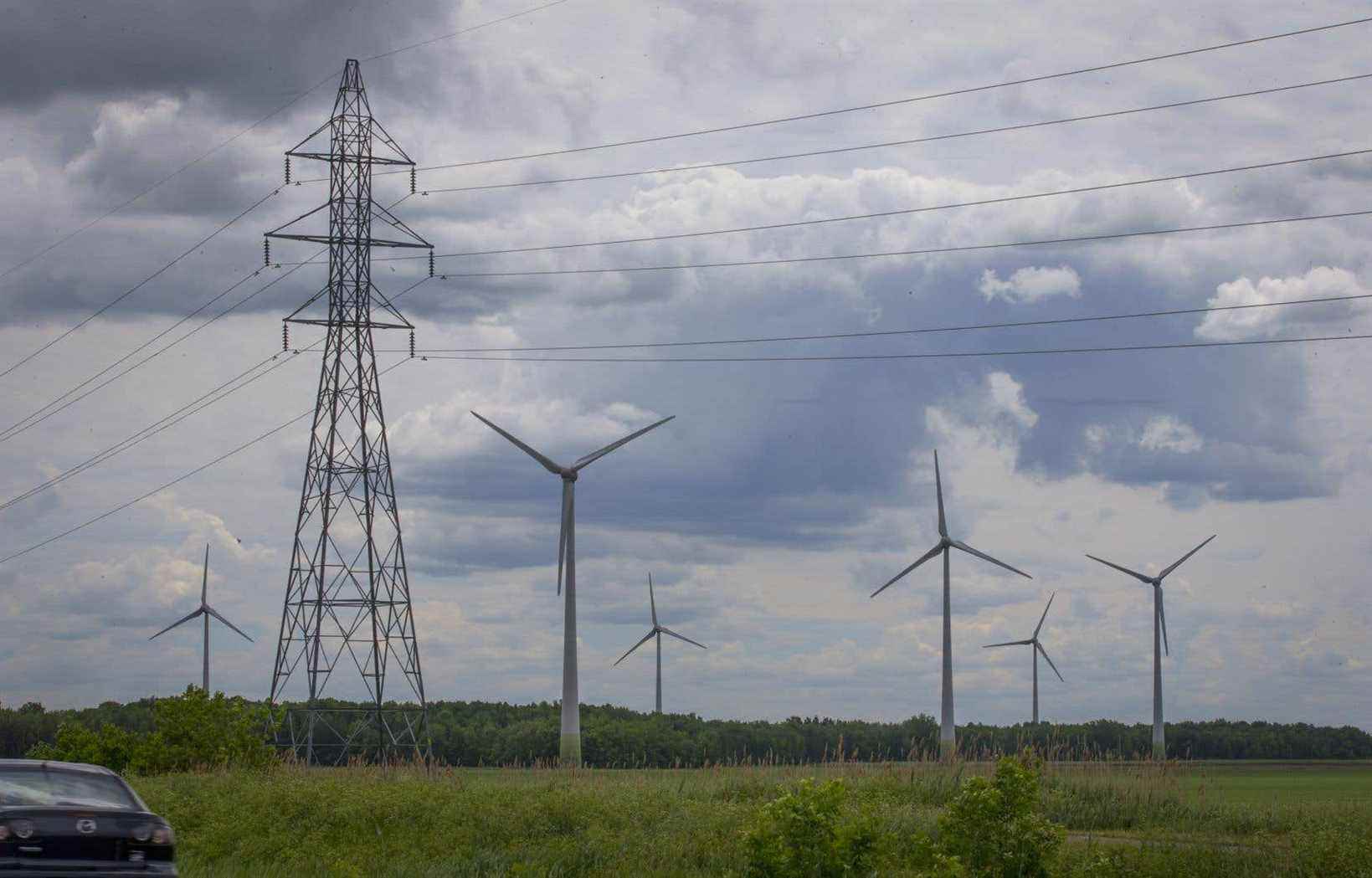Wind energy and nuclear fusion are two promising avenues for reducing the planet’s dependence on fossil fuels and combating climate change, it was assured Thursday at the United Nations Conference on Climate Change (COP 26 ), in Glasgow, Scotland.
When completed off the UK’s east coast, the Dogger Bank wind farm will be the world’s largest floating wind farm and will be able to supply electricity to some six million UK homes.
Laboratories around the world, including at least one in Canada, have made significant strides in the domestication of nuclear fusion in recent years, which many see as the holy grail and clean energy.
Dogger bank
The development of the Dogger Bank wind farm takes place in three phases, each with a capacity of 1.2 GW. In the long term, in 2026, Dogger Bank will therefore be able to produce 3.6 GW of electricity per year, which will correspond to the needs of around six million households in the United Kingdom (i.e. all of Scotland) or to 6 percent of the country’s energy needs.
The three phases are developed between 125 and 290 kilometers off the coast of Yorkshire and will cover an area of just over 8,600 square kilometers.
The establishment of a wind farm so far offshore, in an environment described as “hostile”, requires several technological innovations.
Dogger Bank uses Haliade-X turbines developed by General Electric. Each blade is 107 meters, about the length of a football field, for a total rotor width of 220 meters. A single rotation generates enough electricity to power a UK household for two days, and a single turbine could power 16,000 UK households for a year – that’s 9,000 vehicles off the road.
These turbines would produce twice as much energy as the most powerful turbines that can be installed on land.
A GE executive indicated at COP26 that the components of these turbines are almost entirely recyclable. It is also estimated that Dogger Bank could attract workers who currently work in polluting sectors, such as hydrocarbons, and whose skills would be adaptable to the project.
See also: Three challenges of COP26
Nuclear fusion
Researchers studying nuclear fusion are trying to domesticate and harness the energy source of stars. If successful, nuclear fusion promises abundant, renewable and clean energy.
However, the technical challenges are enormous. Asian, European and North American laboratories have made giant strides in recent years and a Chinese researcher said at COP26 that he believes nuclear fusion will have been domesticated during his lifetime.
In Canada, the firm General Fusion, in British Columbia, aims to provide the planet with clean energy from nuclear fusion by the 2030s, his boss, Christofer Mowry said in a pre-recorded presentation.
“Fusion is the most powerful energy source in the universe,” he said. The merger will provide all companies with a practical and affordable solution to […] challenge of decarbonizing the energy system that powers everything we do and everything we use. “
General Fusion uses a technique different from its rivals to master fusion, the details of which are incomprehensible to neophytes. However, the company claims to be able to “briefly” reproduce the temperature and pressure found in the heart of the sun.
This energy could be used to generate steam and produce clean electricity. The company is now building a factory near London to demonstrate the benefits of its technology.
“We have the ambition to demonstrate that fusion is the vaccine for climate change,” said Lowry.
